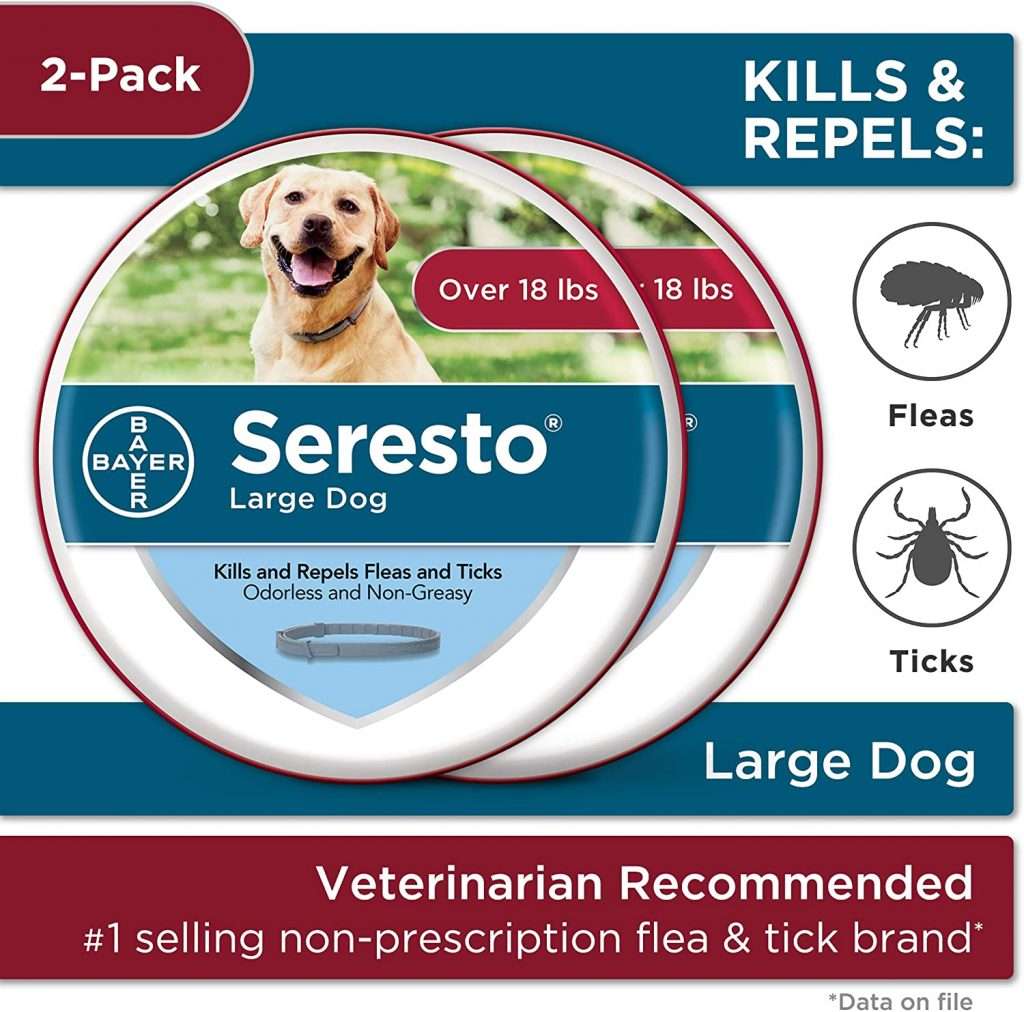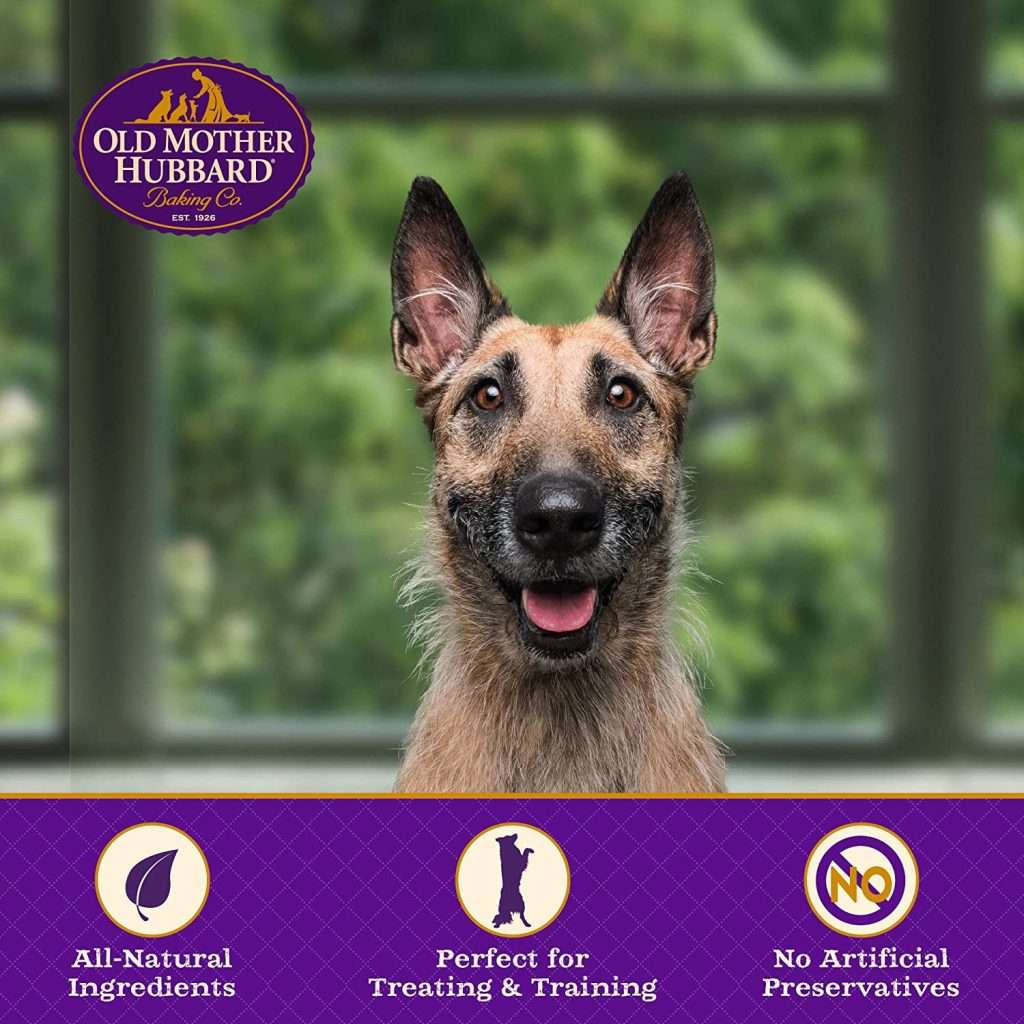
Unfortunately, you can’t spend every second with your four-legged friend. And, while experts say that adult dogs can be alone for up to eight hours, your pooch greatly dislikes their time spent solo.
Separation anxiety in dogs is a common issue for devoted pups. As soon as they realize that you’re planning to leave the house, they start to panic. And it doesn’t end with that heartbreaking display—your dog probably gets into some serious mischief while you’re gone, too.
Pups with separation anxiety might bark excessively, chew through furniture, have accidents indoors or even attempt to escape your home. To put both of your minds at ease, you need to learn ways of training your dog to soothe their separation anxiety.
Here are five methods to try to make your dog—and you—feel better.
Switch Up The Signals
As we said, your dog can tell when you’re getting ready to leave the house. They see you grab your coat and your bag. They hear the keys jingle—and then, they panic.
You can’t leave the house without these items, so you’ll want to remove the anxiety trigger for your pooch. You can help improve their mental health by switching up the signal.
Go around your house and grab the items you’d take with you when you leave. Instead, though, sit back down and stay home. Try it again later and stay out for 15, 30, or 90 minutes—your choice.
Continue to intersperse your trips out with times you just grab your coat and keys and stay in. This will reduce the strength of the signal to your dog. They won’t associate, say, the jingling of your keys with you leaving—and they’ll relax a bit when you actually do.
Create A “Calm Down” Cue
You want your dog to know that you’re coming back. For many dogs, that’s why they have separation anxiety—perhaps they were left by a previous owner, so now they worry you will do the same.
So, choose a phrase you’ll use to reassure your pup when you do have to leave the house. Repeat it every time you leave, and, as they realize you will return after you say it, they’ll be calmer about your departures.
You can practice you “calm down” cue as we suggest that you practice your exit with keys and coat. Start by saying your phrase of choice, leave, and come back in after a minute or two. Make each stretch longer and longer, reassuring your pup each time that you will, indeed, return.
You can further create a calming environment by setting the scene the same way every time. Flip on the radio or TV for your dog, or select a toy that they get to have only when you’re gone. The familiarity of the routine will put them at ease.
Here are some amazing products that will help ease anxiety:
| Brand | Rating | ||
|---|---|---|---|
| Best Chewy | Hemp Calming Chews for Dogs with Anxiety and Stress | 4.4 | |
| Hemp Oil | Highest Quality Hemp Oil for Dogs & Cats | 4.6 | |
| Best Snuggle Toy | SmartPetLove Snuggle Puppy | 4.6 |
Benefits of hydrolyzed protein cat foods and cons
Give Your Pup A Piece Of You
Your dog misses you while you’re gone. So, why not leave them with something to make them feel close to you, even if you’ve left the house?
Grab a hoodie, t-shirt, or another garment that you’ve worn recently. Toss that onto your pup’s bed or favorite place to relax. Being around something that smells like you will help them to calm down, even if they can’t be with you for a few hours.
Keep Them Entertained
On that note, your dog might have anxiety because they feel unstimulated without you there. If you’re keeping your pet in an area without much to do or see, it could lead them to act out.
So, start by making sure your dog’s designated space has everything they could need to get through the day. Provide them with food, water, and a place to rest, as well as with toys and chewies. If there’s a window through which they can watch what’s going on outside, that’s even better—they can keep themselves busy that way, too.
You can also invest in toys and treats meant to keep your pet busy like this treat-dispensing toy puzzle. You can hide a treat inside of them, and it’ll give your dog something to work toward while you’re gone.


Bring In An Expert
You love your dog, and you know them very well. But chances are, you’re not an expert in canine behaviors or training. So, if you feel stumped by your dog’s separation anxiety, don’t be afraid to bring in a professional.
For example, your dog’s veterinarian might be able to suggest further treatments or prescribe a calming medication for them. You can also get the green light to try all-natural remedies, such as aromatherapy oils, which can further aid in taking care of your pet.
You could also hire a dog trainer to help your pet, too. They can teach you tactics to put your pet at ease. A trainer can show your dog how to behave in your absence, too.
Separation Anxiety In Dogs Can Be Temporary
Dealing with separation anxiety in dogs is stressful for you, too. And it can seem like the problem will last forever.
However, by taking the above steps, you will help your pooch feel calm in your absence. When they’re able to relax, you won’t feel bad leaving them at home alone anymore. And we think that’s a win-win for everyone.
So, try some of these tips to help you both feel safe and secure. And don’t forget to check back with us for more tips on taking care of your dog










